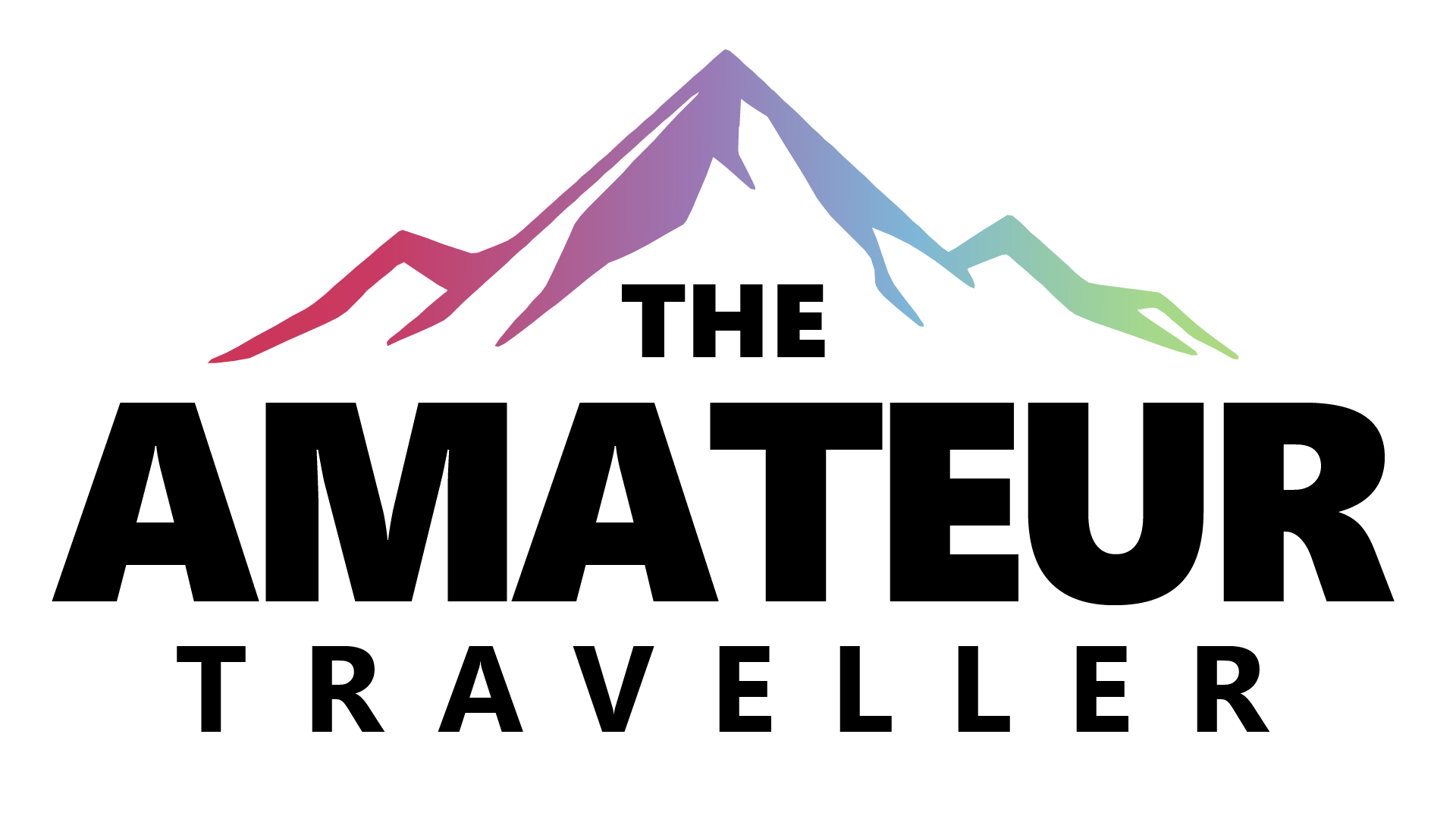Digital nomadism is a lifestyle that enables individuals to work remotely while exploring the world. This concept has gained significant traction in recent years, propelled by advancements in technology and connectivity. With reliable internet access, many have discovered the ability to perform their jobs from virtually any location. As traditional office settings become less prevalent, a growing number of professionals are choosing the freedom of working while traveling solo. This shift has rendered digital nomadism a highly sought-after lifestyle, seamlessly blending work with exploration.
Various forms of digital nomad work cater to diverse skills and interests. Freelancing is a popular choice, with individuals offering services on platforms like Upwork or Fiverr. Remote employment with companies that permit telecommuting presents another viable option. Some engage in entrepreneurial ventures, launching their own online businesses. Each pathway provides the flexibility essential for embracing a solo travel lifestyle. This diversity in work opportunities ensures that anyone can find a suitable path aligning with their goals and skills.
The benefits of adopting a digital nomad lifestyle are abundant. Individuals can immerse themselves in new cultures, connect with diverse people, and gain unique experiences while maintaining their careers. This lifestyle fosters personal growth by encouraging independence and adaptability. Additionally, it facilitates a better work-life balance, allowing individuals to choose their working hours and locations. For many, the excitement of new experiences combined with the ability to earn a living leads to a fulfilling and enriching life.

Preparing for Solo Travel as a Digital Nomad
When preparing for solo travel as a digital nomad, selecting the right destination is crucial. Consideration should extend beyond the allure of a location to include practical aspects of remote work. Researching internet connectivity and the overall environment of potential destinations is essential. Places with reliable Wi-Fi and conducive workspaces can significantly impact productivity. Cities like Bali and Lisbon are popular choices, offering vibrant communities and various coworking spaces that cater to digital nomads, ensuring an effective balance between work and travel.
Budgeting and financial planning are vital steps for anyone embarking on a solo travel adventure. Determining income sources and anticipated expenses—including accommodation, food, and transportation—is necessary. Establishing a clear budget helps avoid unexpected financial strains. Utilizing local currencies and cost-effective travel options can extend one’s budget while enjoying the experiences that come with working while traveling.
Packing essentials for working on the go is another critical aspect of preparation. Packing light while ensuring all necessary tools for remote work are included is advisable. This includes a reliable laptop, portable Wi-Fi hotspot, noise-canceling headphones, chargers, a power bank, and essential documents. Organizing gear effectively supports efficiency and focus, maximizing the solo travel experience.
Setting Up a Productive Work Environment Anywhere
Establishing a conducive work environment is vital for productivity while traveling. Identifying coworking spaces and cafes with reliable Wi-Fi is beneficial, as these venues provide the necessary atmosphere for focused work. Online reviews can guide travelers to popular spots in their destinations. Engaging with local communities in these spaces can lead to new friendships and networking opportunities, enhancing the solo travel experience.
Creating a mobile office is another key component of digital nomadism. Essential tools might include a portable laptop stand, noise-canceling headphones, and an organized backpack. A lightweight, portable Wi-Fi hotspot can be invaluable in areas with unreliable connections. Designating a specific workspace within accommodations helps establish a routine, facilitating a clear distinction between work and relaxation modes.
Balancing work and exploration is integral to the digital nomad lifestyle. Scheduling work hours that allow for adventures, such as exploring local attractions during off-peak times, can enhance the experience. Maintaining a set work routine enables enjoyment of new experiences without compromising professional responsibilities. Flexibility remains essential, as spontaneous opportunities for exploration may arise, and embracing such moments can enrich the overall journey.
Staying Connected and Managing Time Zones
Maintaining connectivity is crucial in digital nomadism. Utilizing tools and apps like Slack, Zoom, and Microsoft Teams facilitates seamless communication with clients and colleagues, regardless of location. These platforms support collaboration and help sustain a sense of connection within one’s professional network, which is vital when working while traveling solo.
Time management becomes essential when operating across different time zones. Tools like World Clock or Time Zone Converter assist in tracking clients’ and team’s working hours, aiding in the scheduling of meetings without confusion. Additionally, setting specific work hours that align with key contacts can optimize productivity. Planning ahead minimizes disruptions, allowing for a smoother work-life balance and enabling enjoyment of travel experiences while meeting professional commitments.
Creating a work schedule that accommodates travel plans is also strategic. While flexibility is a benefit, establishing boundaries is important. Allocating specific time blocks for work ensures task completion, and distinguishing between work and exploration times helps maintain focus. Digital calendars can aid in planning both professional and travel activities, supporting a harmonious balance between the two.
Overcoming Challenges of Traveling Solo While Working
Traveling solo while working can sometimes lead to feelings of loneliness. To mitigate this, seeking out local communities is beneficial. Joining coworking spaces or attending meetups can facilitate connections with like-minded individuals, fostering friendships and creating a support network that enhances the journey.
Managing work-life balance on the road presents another challenge. The freedom to work from anywhere can blur the lines between professional and personal time. Setting clear boundaries for work hours is crucial. Creating a schedule that accommodates both productivity and leisure ensures a healthy balance, allowing for focus on professional responsibilities while enjoying the unique experiences of solo travel.
Potential work-related challenges, such as unreliable internet connections and navigating varying time zones, can disrupt workflow. To mitigate these issues, it’s essential to have contingency plans. For instance, always have a list of backup workspaces with dependable internet access in your vicinity. Investing in a portable Wi-Fi hotspot can also provide a safety net in areas with spotty connectivity.
Time zone differences can pose scheduling challenges, especially when coordinating with clients or teams across the globe. Utilizing tools like World Time Buddy or Time Zone Converter can assist in planning meetings at mutually convenient times. Additionally, setting clear expectations with clients regarding your availability can prevent misunderstandings and ensure smooth communication.
In conclusion, embracing the digital nomad lifestyle offers a unique opportunity to blend work with exploration. While challenges exist, with proper preparation and adaptability, it’s possible to create a fulfilling and productive experience. The freedom to choose your workspace and the chance to immerse yourself in diverse cultures make the journey worthwhile. So, pack your essentials, plan diligently, and embark on your solo adventure with confidence. The world awaits, and your office can be wherever you choose it to be.
Preparing for Solo Travel
- Destination Research:
Nomad List – Reviews of digital nomad hotspots (e.g., Bali, Lisbon).
Speedtest Global Index – Validates internet speeds globally. - Budgeting Tools:
NerdWallet Budgeting Guide – Tips for financial planning. - Packing Essentials:
Wirecutter Travel Gear Recommendations – Tech and packing guides.








